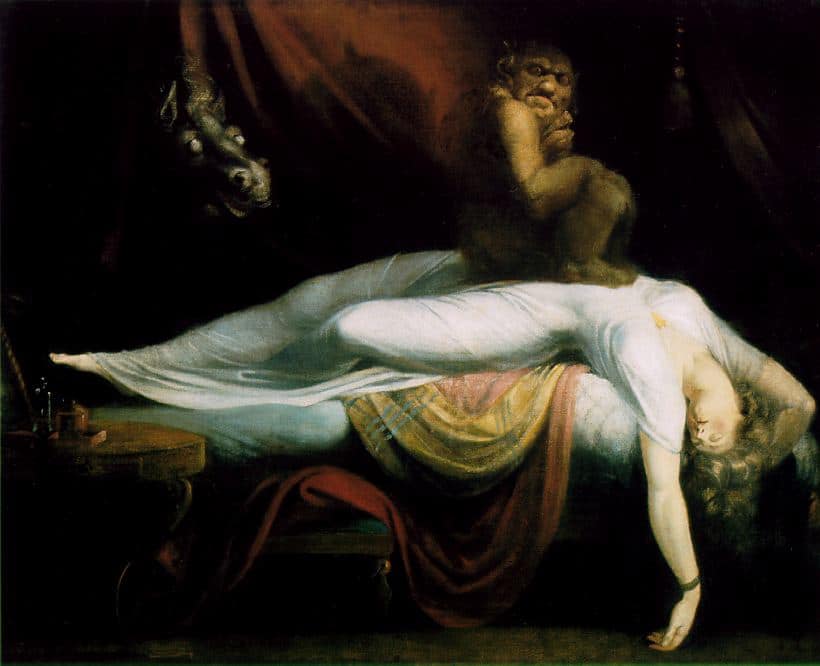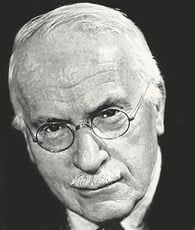
Interpretation of dreams has a long history, spanning thousands of years and cultures. In the indigenous cultures and in the antiquity, dreams were seen as messages from the gods. Thus, the dream interpretation was a way to gain insight into the future and the divine will. They were interpreted by the medicine men or shamans.
In the ancient Greece, no important political decisions were made without asking for advice Pythia, the Delphi oracle.
Biblical dreams

The famous biblical dreams were dreams of the Egyptian Pharaoh and the Jacob dream. The Pharaoh of Egypt (Genesis 41) saw in his dreams seven fat cows and then seven gaunt cows, which ate up the seven fat cows. In the second dream he saw seven healthy heads of grain, and then seven scorched heads of grain. The dream was interpreted by Joseph who predicted seven years of good harvest followed by seven years of drought. According to Bible this dream interpretation turned to be trough.
Another biblical dream was the dream of Jacob (Genesis 28), the father of the Jewish nation. He dreamt a stairway resting on the earth. The top of the stairway was reaching to heaven, with the angels ascending and descending on it. In the dream he heard Lord saying: “… I will give you and your descendants the land on which you are lying, and your descendants will be like the dust of the earth”. The gigantic stairway symbolizes the dimension of the task, in this case the creation of a nation.
Dream interpretation in the psychology

However, it wasn’t until the work of Sigmund Freud. It was Freud’s 1899 written book “The Interpretation of Dreams” which gained attention in the modern Western psychology.
Freud believed that dreams were a manifestation of unconscious desires, recent events, or childhood memories. Freud called dreams “the guardians of the sleep”. He was convinced that displaced desires and wishes would appear in the dreams in a symbolic shape. This symbolically hidden meaning was not accessible to the dreamer’s consciousness protecting him from the confrontation with inacceptable content. Freud assumed that dreams interpretation could reveal hidden aspects of the psyche. He saw dream interpretation as “the royal road to the unconscious.”
Jung on dreams
The Swiss psychiatrist and psychotherapist Carl Gustav Jung was also interested in the dream interpretation. Jung agreed to certain extend with Freud but added that dreams also had a deeper origin rooted in the human history. Jung’s theory suggests that humans have an inherent connection to the collective history of our species he called the “collective unconscious”.
While Freud focused on the psychological origins of dreams, Jung expanded the field of dream interpretation by viewing dreams as a tool for understanding the broader human experience. He believed that the dream analysis could reveal insights not only into our personal struggles but also into the collective psyche of humanity. According to Jung, dream theories must go beyond individual symptoms to explore deeper, universal meanings. It’s almost as if our dreams are a conversation between our individual selves and the larger, collective self of humanity, rich with ancient wisdom. He referred to this collective psyche as the “two million year old self.” Jung believed we are connected to each other and our ancestors in profound ways that transcend individual experience offering dream meanings that link personal symbolism to the shared human condition.
From the time perspective Freud dram interpretation was proved wrong, while Jung’s stood the time.
Jungian dream interpretation in the light of modern research

While Freud believed that dreams result from memory residues from the previous day and childhood experiences, Jung expanded this idea. He included a much deeper source: the evolutionary history of our species. Recent research has shown that dreams arise from activity in biologically ancient parts of the brain.
Jung’s discovery that our dreams allow us to access this ancient substratum of experience was initially seen as fantastic but is now becoming more widely accepted.
Dreams. The neuroscientific perspective
Research in sleep laboratories has provided important clues about the nature of dreams. Eugene Aserinsky and Nathaniel Kleitman’s discovery of the correlation between dreaming and REM sleep was a revolutionary finding that has led to further research. Michel Jouvet, a French researcher, has made two significant contributions to our understanding of dreams. Firstly, that dreams arise from activity in biologically ancient parts of the brain. Secondly, that both animals and humans will act out their dreams when the centres responsible for inhibiting movement are damaged or incapacitated.
Biologists have long recognized that dreams are an essential part of our biological heritage. Dreams are seen as ancient means of adaptation, which evolved 140 million years ago. Dreams are important for the survival function in all mammals. REM sleep has been present in many species, indicating their evolutionary benefit. It has been suggested that animals update their survival strategies through dreaming by re-evaluating current experiences in the light of past strategies.
During sleep, the brain can consolidate memories and reorganize its neural connections, allowing animals to do the vital work of updating their survival strategies. In fact, it is only during sleep that the brain can perform these essential tasks. Biologists agree that dreams evolved as a means of adaptation and that they perform a vital function in updating our survival strategies.
Overall, the study of dreams is shedding new light on our evolutionary history and our understanding of the human brain.
Dreams in the psychotherapeutic practice
From the early beliefs in divine messages to the more scientific approaches of today, dream interpretation remains a powerful way to access the deeper aspects of the human psyche.
Interpreting dreams can’t be regarded as a precise science. It’s always a complex and subjective process, but there are some basic guidelines that can be followed. Firstly, it is important to keep a dream journal. The dream content we remember upon waking tends to vanish within a few minutes. Recording dreams immediately can help preserve important details for later interpretation. The main focus is on identifying dream symbols and recurring themes, as these often hold significant dream meanings. Once the symbols and themes are recognized, it’s essential to analyze the emotions associated with the dream. Emotions are powerful indicators of the message behind the dream. Using a dream dictionary can also be helpful in decoding common symbols and gaining deeper insights into the subconscious mind.
Another key aspect of dream interpretation is recognizing the significance of individual symbols. Symbols can have different meanings depending on the context in which they appear. Dreams are often influenced by experiences from the dreamer’s life events. Identifying these factors can provide insight into the meaning of the dream. Dreams have mostly personal meaning that is unique to the dreamer.
Conclusion. Are dreams the “royal road to the unconscious”?
In contrast to our conscious perception, which is limited, dreams operate in more dimensions (possibly four considering the time-space continuum). Therefore, it is important to approach dream interpretation with an open mind and consider multiple interpretations. Sadly today, dream interpretation remains a niche in the psychotherapeutic practice.
Sources
2002: Archetype Revisited: An Updated Natural History of the Self. Brunner-Routledge, London; Inner City Books, Toronto.


